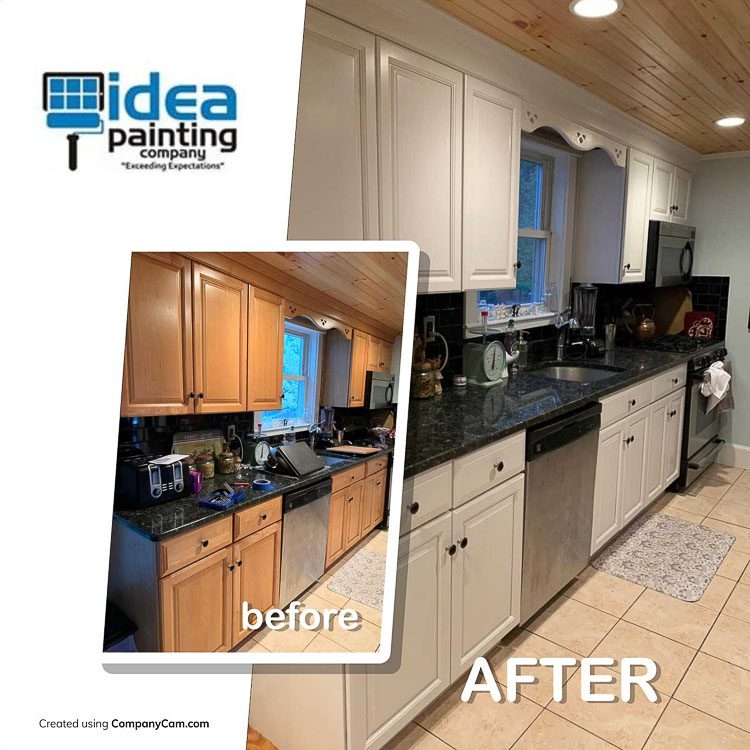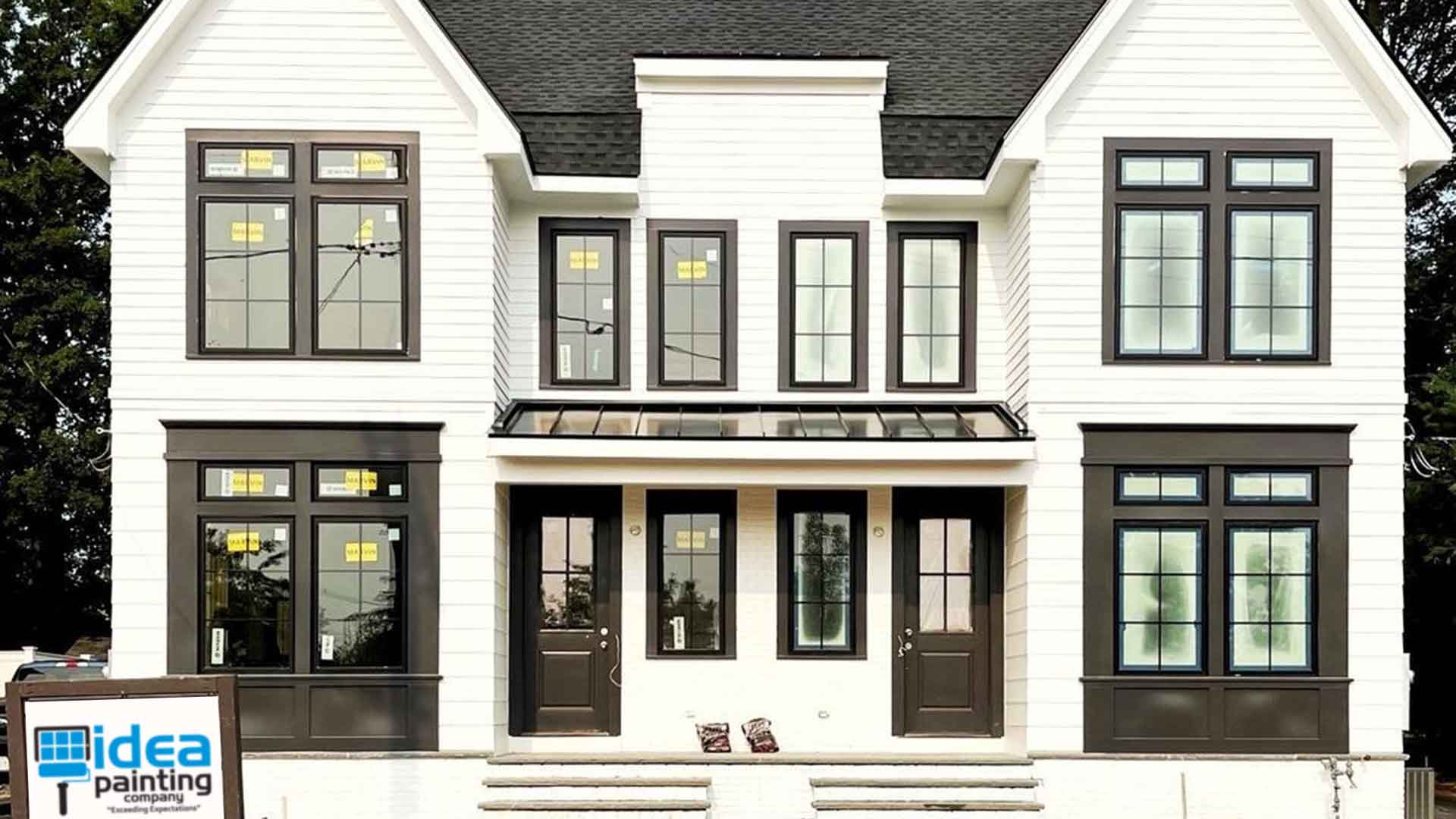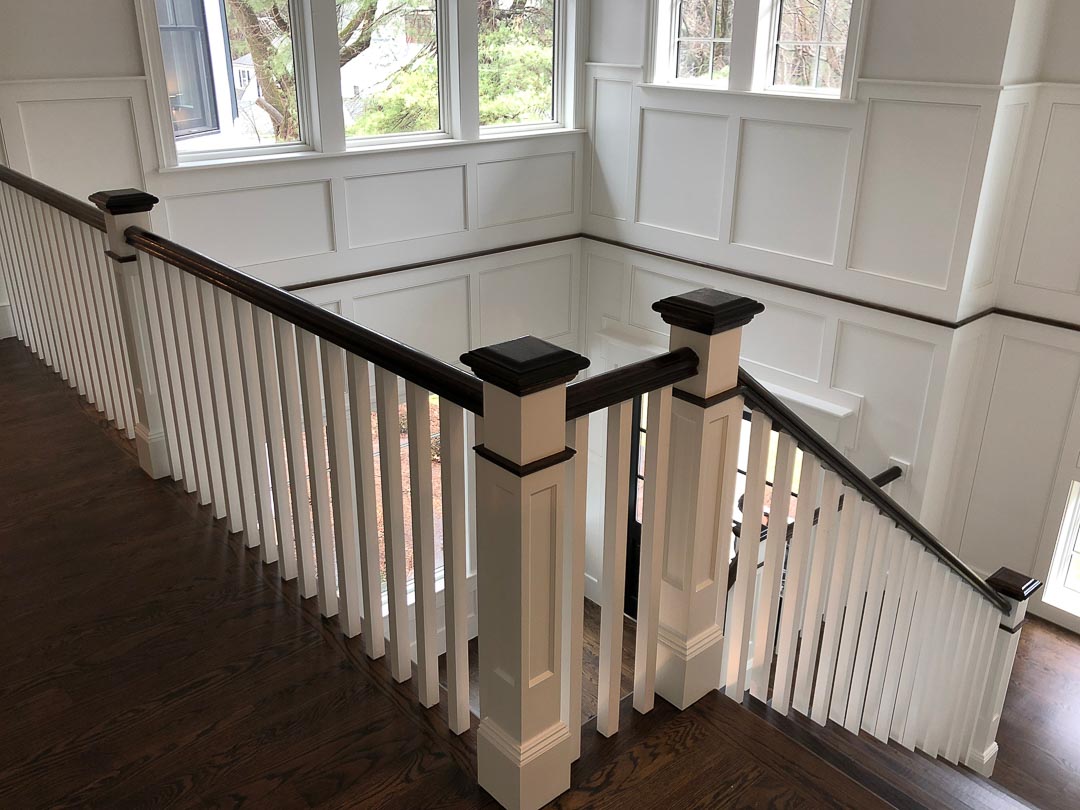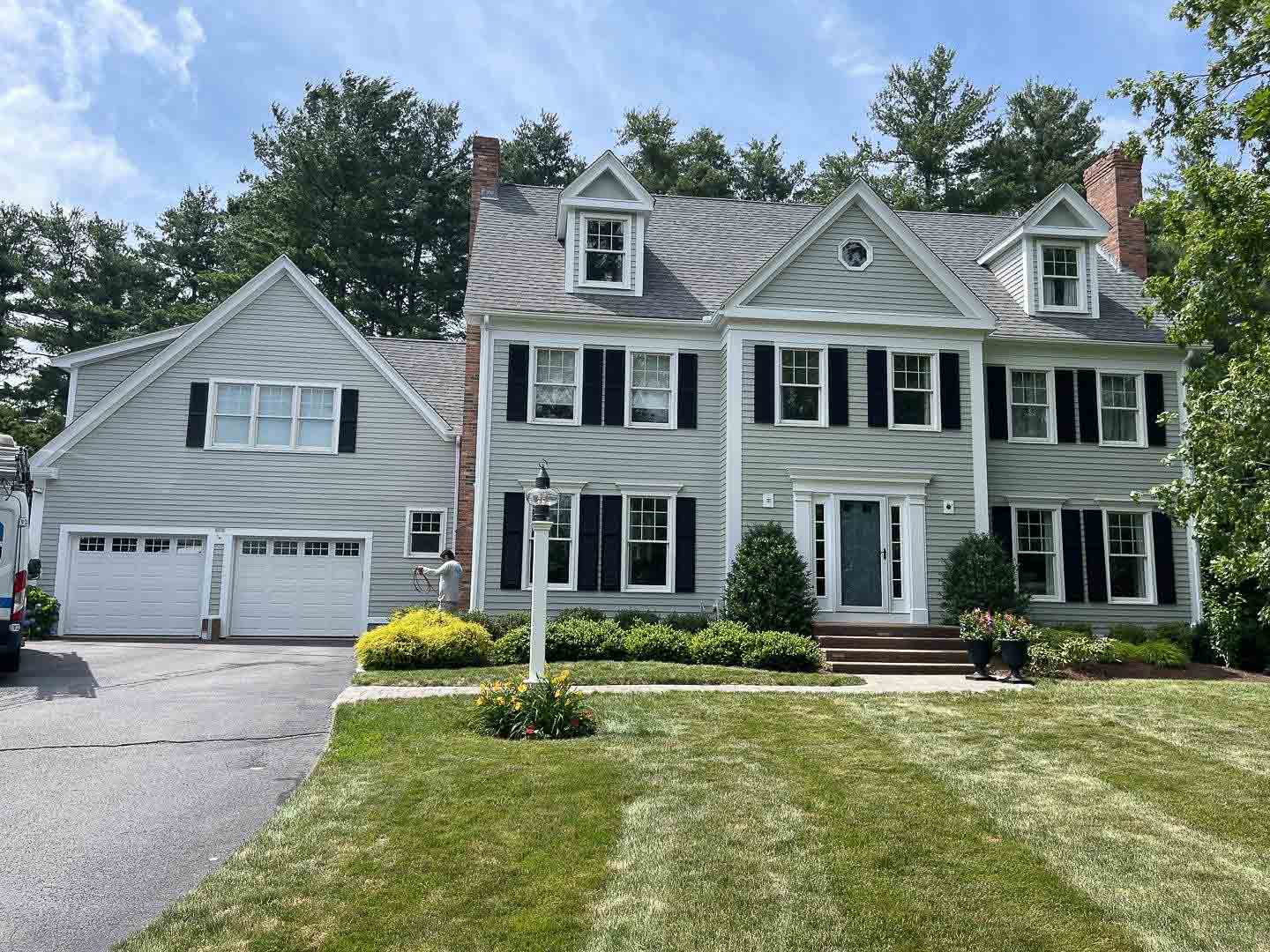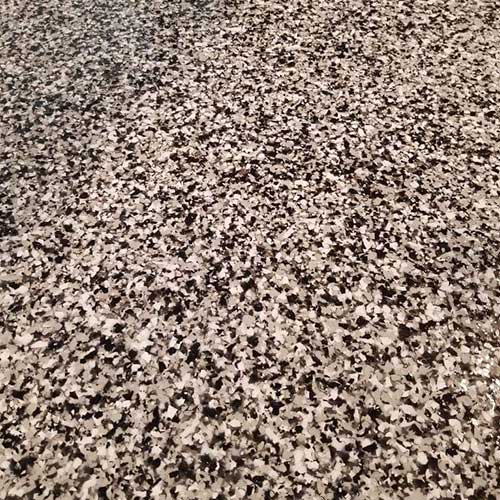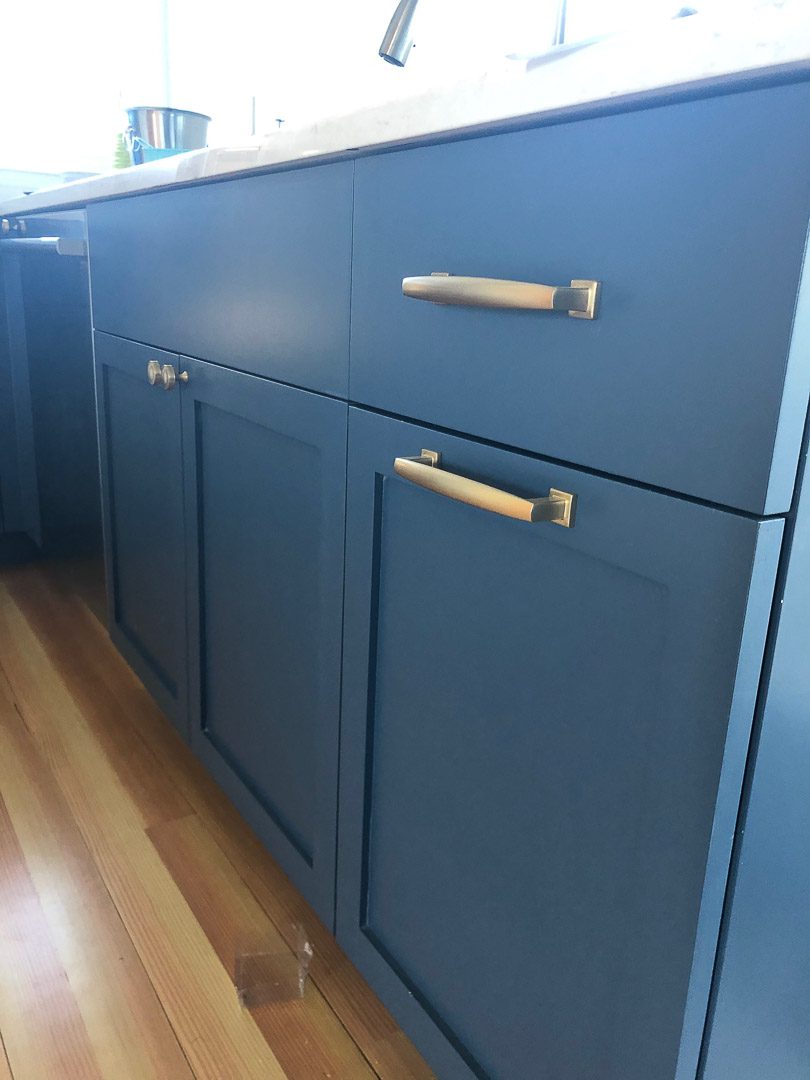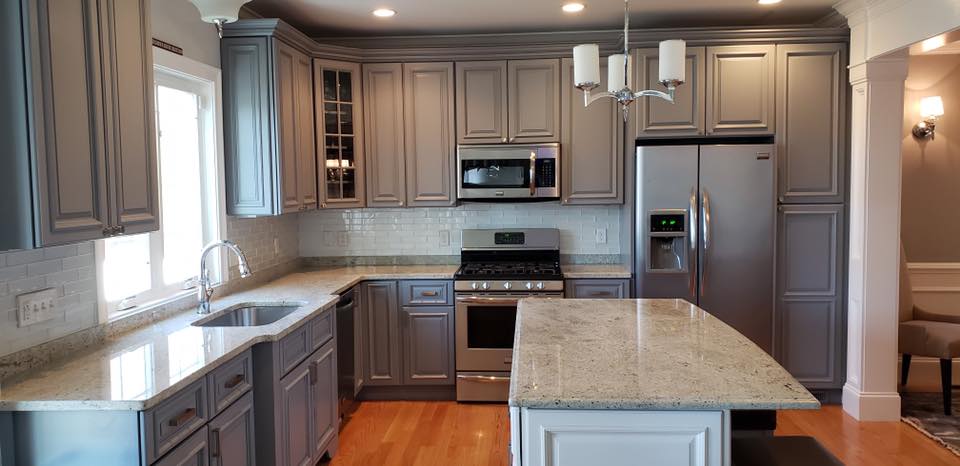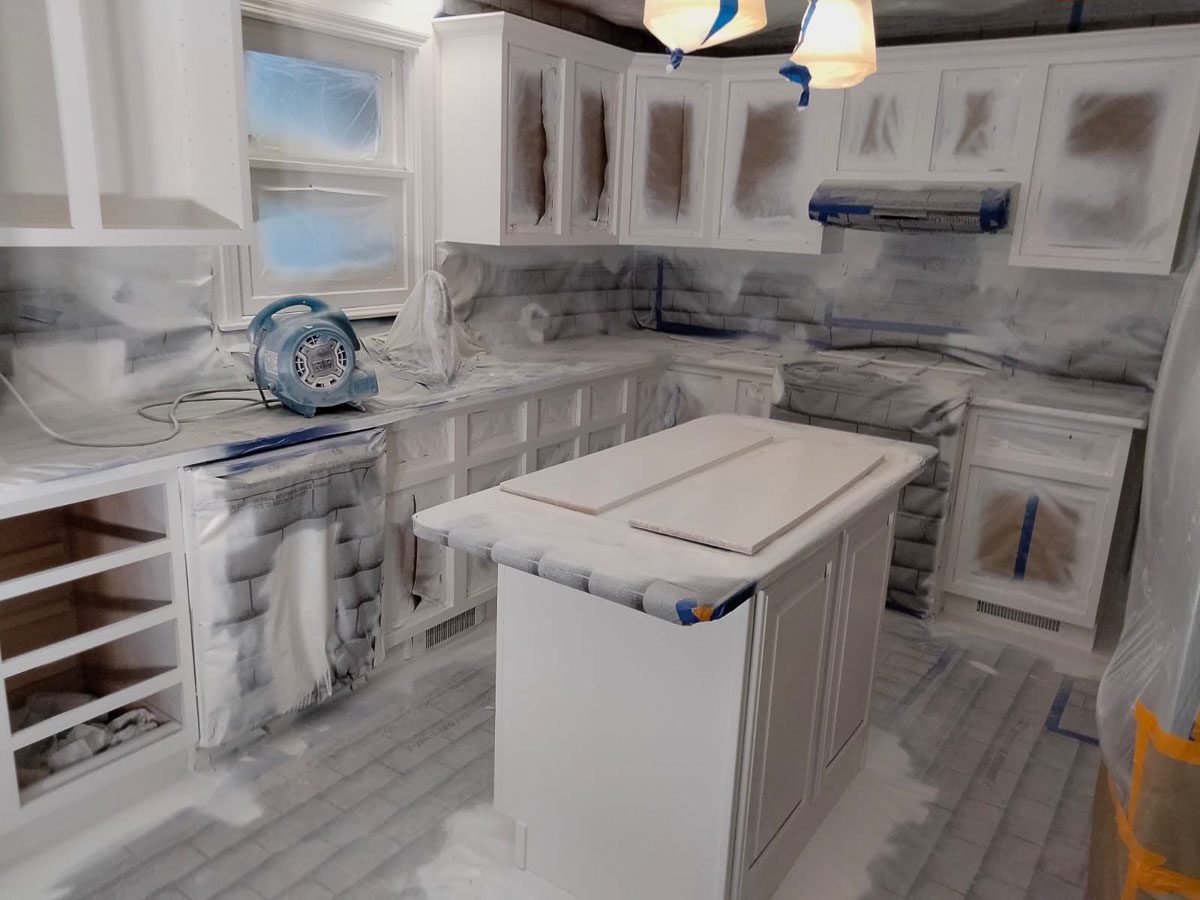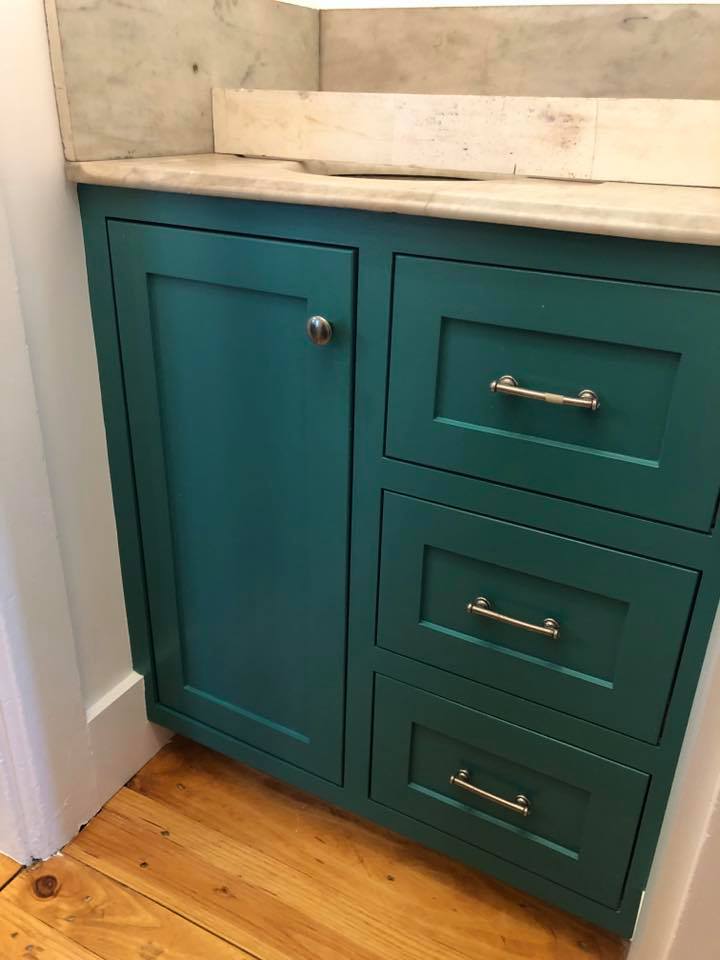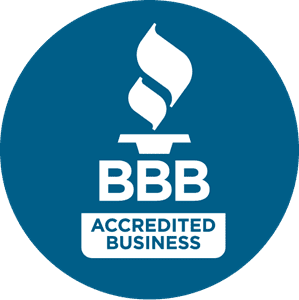Kitchen Cabinet Painting
Concord MA
[geocentric_weather id=”c6a3be26-52d5-43a0-8b8a-ddb6bf9d5cf5″]
Looking for Kitchen Cabinet Painting in Concord, MA?
Are you a Homeowner? Business Owner? Property Manager? Or maybe someone just looking for more information on the best Kitchen Cabinet Painting in Concord MA?
You’re in the right place…
DO YOU HAVE THESE PROBLEMS:
- Replacing kitchen cabinets too expensive
- Time for a color change?
- New Home Or Apartment?
Idea Painting Company, a top-rated painter specializing in kitchen cabinet painting, has helped thousands of Concord homeowners, business owners, property managers, and other individuals in the Greater Boston, MA area. After some research, we’re confident you’ll find us to be the right kitchen cabinet painting team to handle your kitchen cabinet refinishing project.

Why Choose
Idea Painting Company Is The Best Kitchen Cabinet Painting in Concord MA?
In short…Because we have a reputation for quality work and being budget friendly. Our customer service is second to none. Our team is always responsive, courteous, friendly, and respectful.
At Idea Painting Company, we do it all! From conception to completion, we handle every aspect of your painting or restoration project. This integrated approach reduces project time and money by streamlining each phase of implementation and eliminating the delays that often plague sub-contracted projects.
With Idea Painting Company, you’ll receive:
- Quality workmanship that is guaranteed to last
- Work from licensed professionals who are honest and hardworking
- Dependable service that is completed on time and on budget
- Free estimates and a fully insured crew
To review the creativity of our work and the quality of our craftsmanship, simply take a look at our Photo Gallery. Our decades worth of painting projects speak for themselves! From custom commercial projects to house painting, and more — You can trust your project or business property to our team of experts.
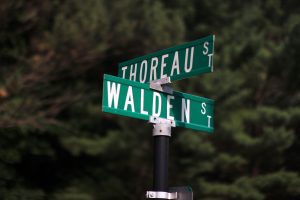
Residential & Commercial
Full Service Painting Company
Concord Painting Company
Interior Painter
Concord MA
Exterior Painter
Concord MA
Epoxy Floors Concord MA
Benefits of Repainting Your Kitchen Cabinets
When your cabinets start to look old or outdated, they can bring down the value of your home. They can also make your kitchen feel unwelcoming or dirty. Kitchen cabinet repainting comes with many benefits, including:
- Avoiding the dust and noise that comes with cabinet installation
- No demolition
- Saving money
- Quicker results than replacement
- No need to relevel or redo your plumbing
- Keeping your kitchen in service
If you have old but still usable cabinets, you may want to save them. Often, older cabinets are of better quality than more recent ones. You can bring your current cabinets back to life with kitchen cabinet finishing.
Are you improving your home before you put it on the market? If so, you need to choose your home improvements wisely, so you don’t lose money.
Replace Your Cabinets or Refinish Them?
While replacing your cabinets is the more expensive choice, it may be necessary. When you wonder whether to replace or refinish, consider:
- Functionality. If the location of your cabinets doesn’t work for you, it may be time to replace them.
- Time. Installing a new kitchen can take months, while repainting may only take a week. Think about how long you are willing and able to live without your kitchen.
- Repair. If you have damaged cabinets, you can typically opt for repair. However, extensive damage may make replacement the cheaper option.
The kitchen cabinet painting cost is worth it if you like the current layout of your kitchen or bathroom. You can always reface your cabinetry and add other functional accessories. If you need advice on the best option for your space, call Idea Painting Company today.
What Makes Us Different?
FULLY INSURED
We’re fully insured and bonded to handle all requests.
budget Friendly
We’re willing to discuss projects constrained by a budget.
Quick Service
We show up on time and finish ahead of schedule regularly.
Friendly Team
Our crew is pleasant and easy to talk to on the job site.
Steps to Refinishing Cabinets
The steps to cabinet refinishing can vary, and so can the amount of time it takes to complete the job. When you look for “kitchen cabinet painting near me” expect us to:
- Clean all surfaces thoroughly
- Spread cloths on countertops and floors
- Find the correct solution to strip your cabinets
- Use a wood filler to repair holes and then sand the area
- Paint the wood your desired color and apply the stain and varnish
Sometimes you will want to disassemble your cabinets before you begin. When you do, label the parts to make sure you put them back in the right place. If you can, do your painting outside or somewhere with proper ventilation.
Stripping the cabinets may take trial and error if you do not know the current finish. Some common finishes include:
- Shellac
- Lacquer
- Polyurethane
- Water-based
- Latex- or oil-based paint
Our team completes the steps of kitchen cabinet painting efficiently and expertly. Call us today for a free estimate and ask us how we can upgrade your kitchen.
How to Refinish Cabinets with Paint
Once you choose a paint color, we come in and do your kitchen or bathroom cabinet refinishing onsite. We use high-quality materials, so our results are:
- Durable
- Long-lasting
- Washable
The kitchen is a busy area in the house. Therefore, cabinets need paint that wears well. Drips from your sink, steam from a dishwasher, and heat from the stovetop can all affect your paint’s finish.
Depending on the surface and your preference, we apply the paint using a spraying method or a traditional brush. Spraying provides a smooth, sleek appearance. If you aren’t sure which method you want, our skilled painters will show you samples of both.
You should always do refinishing work in dry conditions. If you do not have an air-conditioned area, consider scheduling your kitchen cabinet finishing in the winter. Call us for cabinet painting at any time of year.
Talk to an Expert
We understand that sometimes you just want to talk before scheduling a consultation. Our team will gladly answer any of your questions or help you with any of your concerns.
Call Elias now! — (855) 544-4335
PAINTER & FLOORING CONTRACTOR
Focused on Exceeding Expectations
Because we pay such attention to detail throughout each project, our painters can still finish on time. But just to ensure that every customer becomes a loyal customer, we don't get paid until the job is all done and you're completely satisfied with our work.
MAP OF Concord, MA
[geocentric_mapembed id=”c6a3be26-52d5-43a0-8b8a-ddb6bf9d5cf5″]
Concord OVERVIEW
Concord, Massachusetts | |
|---|---|
Town | |
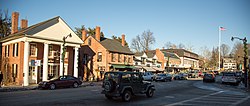 View of Concord’s Main Street, looking east | |
 Seal | |
| Motto(s): Quam Firma Res Concordia (Latin) “How Strong Is Harmony” | |
 Location in Middlesex County, Massachusetts | |
 Concord, Massachusetts | |
| Coordinates: 42°27′37″N 71°20′58″W / 42.46028°N 71.34944°WCoordinates: 42°27′37″N 71°20′58″W / 42.46028°N 71.34944°W | |
| Country | United States |
| State | Massachusetts |
| County | Middlesex County |
| Settled | 1635 |
| Incorporated | September 12, 1635 |
| Founded by | Peter Bulkley and Simon Willard |
| Government | |
| • Type | Open town meeting |
| Area | |
| • Total | 25.9 sq mi (67.4 km2) |
| • Land | 24.9 sq mi (64.5 km) |
| • Water | 1.0 sq mi (2.5 km2) |
| Elevation | 141 ft (43 m) |
| Population (2020) | |
| • Total | 18,491 |
| • Density | 710/sq mi (270/km) |
| Time zone | UTC−5 (Eastern) |
| • Summer (DST) | UTC−4 (Eastern) |
| ZIP Code | 01742 |
| Area code | 351 / 978 |
| FIPS code | 25-15060 |
| GNIS feature ID | 0619398 |
| Website | www.concordma.gov |
Concord is a town in Middlesex County, Massachusetts, in the United States. At the 2020 census, the town population was 18,491. The United States Census Bureau considers Concord part of Greater Boston. The town center is near where the confluence of the Sudbury and Assabet rivers forms the Concord River.
The area that became the town of Concord was originally known as Musketaquid, an Algonquian word for “grassy plain.” Concord was established in 1635 by a group of English settlers; by 1775, the population had grown to 1,400. As dissension between colonists in North America and the British crown intensified, 700 troops were sent to confiscate militia ordnance stored at Concord on April 19, 1775. The ensuing conflict, the battles of Lexington and Concord, were the incidents (including the shot heard round the world) that triggered the American Revolutionary War.
A rich literary community developed in Concord during the mid-19th century, centered around Ralph Waldo Emerson. Emerson’s circle included Nathaniel Hawthorne, Louisa May Alcott and Henry David Thoreau. Major works written in Concord during this period include Alcott’s novel Little Women, Emerson’s essay Self-Reliance, and Thoreau’s Walden and Civil Disobedience. In this era, the now-ubiquitous Concord grape was developed in Concord by Ephraim Wales Bull.
In the 20th century, Concord developed into an affluent Boston suburb and tourist destination, drawing visitors to the Old North Bridge, Orchard House and Walden Pond. The town retains its literary culture and is home to notable authors, including Doris Kearns Goodwin, Alan Lightman and Gregory Maguire. Concord is also notable for its progressive and environmentalist politics, becoming in 2012 the first community in the United States to ban single-serving PET bottles.
History
Prehistory and founding
The area which became the town of Concord was originally known as “Musketaquid”, situated at the confluence of the Sudbury and Assabet rivers. The name was an Algonquian word for “grassy plain”, fitting the area’s low-lying marshes and kettle holes. Native Americans had cultivated corn crops there; the rivers were rich with fish and the land was lush and arable. The area was largely depopulated by the smallpox plague that swept across the Americas after Europeans arrived.
In 1635, a group of English settlers led by Rev. Peter Bulkeley and Major Simon Willard received a land grant from the General Court and negotiated a land purchase with the local indigenous tribes. Bulkeley was an influential religious leader who “carried a good number of planters with him into the woods”; Willard was a canny trader who spoke the Algonquian language and had gained the trust of Native Americans. They exchanged wampum, hatchets, knives, cloth, and other useful items for the six-square-mile purchase from Squaw Sachem of Mistick, which formed the basis of the new town, called “Concord” in appreciation of the peaceful acquisition.
Battle of Lexington and Concord
The Battle of Lexington and Concord was the first conflict in the American Revolutionary War. On April 19, 1775, a force of British Army regulars marched from Boston to Concord to capture a cache of arms that was reportedly stored in the town. Forewarned by Samuel Prescott (who had received the news from Paul Revere), the colonists mustered in opposition. Following an early-morning skirmish at Lexington, where the first shots of the battle were fired, the British expedition under the command of Lt. Col. Francis Smith advanced to Concord. There, colonists from Concord and surrounding towns (notably a highly drilled company from Acton led by Isaac Davis) repulsed a British detachment at the Old North Bridge and forced the British troops to retreat. Subsequently, militia arriving from across the region harried the British troops on their return to Boston, culminating in the siege of Boston and the outbreak of the war.
The colonists initially publicized the battle as an example of British brutality and aggression; one colonial broadside decried the “Bloody Butchery by the British Troops”. But a century later, the conflict was remembered proudly by Americans, taking on a patriotic, almost mythic status (“the shot heard ’round the world”) in works like the “Concord Hymn” and “Paul Revere’s Ride”. In 1894, the Lexington Historical Society petitioned the Massachusetts State Legislature to proclaim April 19 “Lexington Day”. Concord countered with “Concord Day”. Governor Greenhalge opted for a compromise: Patriots’ Day. In April 1975, Concord hosted a bicentennial celebration of the battle, featuring an address at the Old North Bridge by President Gerald Ford.
Literary history
Concord has a remarkably rich literary history centered in the 19th century around Ralph Waldo Emerson (1803–1882), who moved there in 1835 and quickly became its most prominent citizen. A successful lecturer and philosopher, Emerson had deep roots in the town: his father, Rev. William Emerson (1769–1811), grew up in Concord before becoming an eminent Boston minister, and his grandfather, William Emerson Sr., witnessed the battle at the North Bridge from his house, and later became a chaplain in the Continental Army. Emerson was at the center of a group of like-minded Transcendentalists living in Concord. Among them were the author Nathaniel Hawthorne (1804–1864) and the philosopher Amos Bronson Alcott (1799–1888), the father of Louisa May Alcott (1832–1888). A native Concordian, Henry David Thoreau (1817–1862) was another notable member of Emerson’s circle. This substantial collection of literary talent in one small town led Henry James to dub Concord “the biggest little place in America.”
Among the products of this intellectually stimulating environment were Emerson’s many essays, including Self-Reliance (1841), Louisa May Alcott’s novel Little Women (1868), and Hawthorne’s story collection Mosses from an Old Manse (1846). Thoreau famously lived in a small cabin near Walden Pond, where he wrote Walden (1854). After being imprisoned in the Concord jail for refusing to pay taxes in political protest against slavery and the Mexican–American War, Thoreau penned the influential essay “Resistance to Civil Government”, popularly known as Civil Disobedience (1849). Evidencing their strong political beliefs through actions, Thoreau and many of his neighbors served as station masters and agents on the Underground Railroad.
The Wayside, a house on Lexington Road, has been home to a number of authors. It was occupied by scientist John Winthrop (1714–1779) when Harvard College was temporarily moved to Concord during the Revolutionary War. The Wayside was later the home of the Alcott family (who referred to it as “Hillside”); the Alcotts sold it to Hawthorne in 1852, and the family moved into the adjacent Orchard House in 1858. Hawthorne dubbed the house “The Wayside” and lived there until his death. The house was purchased in 1883 by Boston publisher Daniel Lothrop and his wife, Harriett, who wrote the Five Little Peppers series and other children’s books under the pen name Margaret Sidney. Today, The Wayside and the Orchard House are both museums. Emerson, Thoreau, Hawthorne, and the Alcotts are buried on Authors’ Ridge in Concord’s Sleepy Hollow Cemetery.
The 20th-century composer Charles Ives wrote his Concord Sonata (c. 1904–1915) as a series of impressionistic portraits of literary figures associated with the town. Concord maintains a lively literary culture to this day; notable authors who have called the town home in recent years include Doris Kearns Goodwin, Alan Lightman, Robert B. Parker, and Gregory Maguire.
Concord grape
In 1849, Ephraim Bull developed the now-ubiquitous Concord grape at his home on Lexington Road, where the original vine still grows. Welch’s, the first company to sell grape juice, maintains a headquarters in Concord. The Boston-born Bull developed the Concord grape by experimenting with seeds from some of the native species. On his farm outside Concord, down the road from the Emerson, Thoreau, Hawthorne and Alcott homesteads, he planted some 22,000 seedlings before producing the ideal grape. Early ripening, to escape the killing northern frosts, but with a rich, full-bodied flavor, the hardy Concord grape thrives where European cuttings had failed to survive. In 1853, Bull felt ready to put the first bunches of Concord grapes before the public and won a prize at the Boston Horticultural Society Exhibition. From these early arbors, the fame of Bull’s (“the father of the Concord grape”) Concord grape spread worldwide, bringing him up to $1,000 a cutting, but he died a relatively poor man. The inscription on his tombstone reads, “He sowed—others reaped.”
Plastic bottle ban
On September 5, 2012, Concord became the first community in the United States to approve a ban of the sale of water in single-serving plastic bottles. The law banned the sale of PET bottles of one liter (34 U.S. fl oz) or less starting January 1, 2013. The ban provoked significant national controversy. An editorial in the Los Angeles Times characterized the ban as “born of convoluted reasoning” and “wrongheaded.” Some residents believed the ban would do little to affect the sales of bottled water, which was still highly accessible in the surrounding areas, and that it restricted consumers’ freedom of choice. Opponents also considered the ban to unfairly target one product in particular, when other, less healthy alternatives such as soda and fruit juice were still readily available in bottled form. Nonetheless, subsequent efforts to repeal the ban have failed in open town meetings. An effort to repeal Concord’s ban on the sale of plastic water bottles was resoundingly defeated at a Town Meeting. Resident Jean Hill, who led the initial fight for the ban, said, “I really feel at the age of 86 that I’ve really accomplished something.” Town Moderator Eric Van Loon didn’t even bother taking an official tally because opposition to repeal was so overwhelming. It appeared that upwards of 80 to 90 percent of the 1,127 voters in attendance raised their ballots against the repeal measure. The issue had been bubbling in Concord for several years. In 2010, a ban approved in a town meeting, which wasn’t written as a bylaw, was rejected by the state attorney general’s office. In 2011, a new version of the ban narrowly failed at town meeting by a vote of 265 to 272. The ban on selling water in polyethylene terephthalate (PET) bottles of one liter or less passed in 2012 by a vote of 403 to 364, and a repeal effort in April failed by a vote of 621 to 687.
Geography
According to the United States Census Bureau, the town has a total area of 25.9 square miles (67 km), of which 24.9 square miles (64 km2) is land and 1.0 square mile (2.6 km), or 3.75%, is water. The city of Lowell is 13 miles (21 km) to the north, Boston is 19 miles (31 km) to the east, and Nashua, New Hampshire, is 23 miles (37 km) to the north.
Massachusetts state routes 2, 2A, 62, 126, 119, 111, and 117 pass through Concord. The town center is near the confluence of the Sudbury and Assabet rivers, forming the Concord River, which flows north to the Merrimack River in Lowell. Gunpowder was manufactured from 1835 to 1940 in the American Powder Mills complex extending upstream along the Assabet River.
Government
Local government consists of a five-member executive Select Board and a legislature utilizing open town meeting.
State and federal government
On the federal level, Concord is part of Massachusetts’s 3rd congressional district, represented by Lori Trahan. The state’s senior (Class I) member of the United States Senate is Elizabeth Warren. The junior (Class II) senator is Ed Markey.
Demographics
| Year | Pop. | ±% |
|---|---|---|
| 1850 | 2,249 | — |
| 1860 | 2,246 | −0.1% |
| 1870 | 2,412 | +7.4% |
| 1880 | 3,922 | +62.6% |
| 1890 | 4,427 | +12.9% |
| 1900 | 5,652 | +27.7% |
| 1910 | 6,421 | +13.6% |
| 1920 | 6,461 | +0.6% |
| 1930 | 7,477 | +15.7% |
| 1940 | 7,972 | +6.6% |
| 1950 | 8,623 | +8.2% |
| 1960 | 12,517 | +45.2% |
| 1970 | 16,148 | +29.0% |
| 1980 | 16,293 | +0.9% |
| 1990 | 17,076 | +4.8% |
| 2000 | 16,993 | −0.5% |
| 2010 | 17,668 | +4.0% |
| 2020 | 18,491 | +4.7% |
| * = population estimate. Source: United States census records and Population Estimates Program data. | ||
At the 2000 census, there were 16,993 people, 5,948 households and 4,437 families residing in the town. The population density was 682.0 inhabitants per square mile (263.3/km2). There were 6,153 housing units at an average density of 246.9 per square mile (95.3/km). The racial makeup of the town was 91.64% White, 2.24% African American, 0.09% Native American, 2.90% Asian, 0.02% Pacific Islander, 2.12% from other races, and 0.99% from two or more races. Hispanic or Latino of any race were 2.80% of the population.
There were 13,090 households, of which 37.2% had children under the age of 18 living with them, 65.5% were married couples living together, 7.2% had a female householder with no husband present, and 25.4% were non-families. 22.0% of all households were made up of individuals, and 10.4% had someone living alone who was 65 years of age or older. The average household size was 2.62 and the average family size was 3.08.
25.1% of the population were under the age of 18, 4.2% from 18 to 24, 25.8% from 25 to 44, 28.4% from 45 to 64, and 16.5% who were 65 years of age or older. The median age was 42 years. For every 100 females, there were 100.3 males. For every 100 females age 18 and over, there were 101.8 males.
In 2017, the median household income was $155,393. About 2.1% of families and 3.9% of the population were below the poverty line, including 3.7% of those under age 18 and 3.3% of those age 65 or over.
Pronunciation
The town’s name is pronounced by its residents as KONG-kərd, in a manner indistinguishable from the American pronunciation of the word “conquered.” In the local dialect, it frequently is heard with the [ər] in the second syllable replaced by [ʏ] ([ˈkɒŋkʏd]).
Economy
Principal employers
According to Concord’s 2016 Comprehensive Annual Financial Report, the principal employers in the town are:
| # | Employer | # of Employees |
|---|---|---|
| 1 | Emerson Hospital | 1,731 |
| 2 | Concord Meadows Corporate Center (building complex with multiple tenants) | 1,050 |
| 3 | Newbury Court (senior living facility) | 290 |
| 4 | Care One at Concord (nursing and assisted living facility) | 166 |
| 5 | Middlesex School (coeducational private high school) | 197 |
| 6 | Harvard Vanguard Medical Associates | 162 |
| 7 | Concord Academy (coeducational private high school) | 165 |
| 8 | Hamilton, Brook, Smith, & Reynolds, P.C. (intellectual property law) | 75 |
Transportation
Concord and West Concord stations are served by the MBTA’s Fitchburg Line. Yankee Line provides commuter bus service between Concord and Boston.
Sister cities
Concord’s sister cities are:
- Nanae, Japan
- Saint-Mandé, France
Points of interest
- Barrett’s Farm
- Reuben Brown House, home of notable revolutionist
- Concord Art Association
- Concord Free Public Library
- Concord Museum
- Concord Scout House, popular venue for contra dancing and other events
- Concord’s Colonial Inn
- Corinthian Lodge
- Egg Rock, where the Concord River forms at the confluence of the Sudbury and Assabet rivers, accessible by water or land
- Emerson Hospital
- Ralph Waldo Emerson House
- Estabrook Woods
- Fairyland Pond
- First Parish in Concord
- Great Meadows National Wildlife Refuge
- Massachusetts Correctional Institution – Concord
- Minute Man National Historical Park
- The Minute Man statue
- Northeastern Correctional Center
- The Old Manse, home of Emerson and Hawthorne
- Old North Bridge
- Orchard House
- Punkatasset Hill
- Sleepy Hollow Cemetery
- Walden Pond
- The Wayside, home of Louisa May Alcott, Hawthorne, and Margaret Sidney
- Wheeler-Minot Farmhouse, also known as Thoreau Farm, birthplace of Henry David Thoreau
- Wright’s Tavern
Education
- Concord-Carlisle Regional High School, the local public high school
- Concord Middle School (consisting of two buildings about a mile apart: Sanborn and Peabody)
- Alcott School, Willard School, and Thoreau School, the local public elementary schools
- Concord Academy and Middlesex School, private preparatory schools
- The Fenn School is a 4-9 boys’ school.
- The Nashoba Brooks School is co-ed PK-3 and a girls’ school 4-8.
Notable people
In popular culture
Concord is featured in the 2012 video game Assassin’s Creed 3, and the 2015 video game Fallout 4. The video game Walden, a game, based on Henry David Thoreau’s Walden, is set in the town.
Scenes from the 2017 comedy film Daddy’s Home 2 were shot at Concord scout house. Parts of the 2019 film Little Women were shot on the Concord River.
Jane Langton’s Homer Kelly murder mystery novels are largely set in Concord. Her 1964 novel ‘The Transcendental Murder’ was described in the Boston Globe in 1975 as ‘a hymn to Concord, its history, its houses, its hallowed ground, its people and patriots, and its ghosts (Emerson and Thoreau)’.
The Mother-Daughter Book Club series of children’s novels is set in Concord.
See also
- National Register of Historic Places listings in Concord, Massachusetts
- Concord, Vermont – name linked to Concord, Massachusetts
- Concord, Ontario – named for a settler who arrived from Concord, Vermont
- USS Concord, 5 ships
References
Further reading
- 1871 Atlas of Massachusetts. by Wall & Gray. Map of Massachusetts. Map of Middlesex County.
- History of Middlesex County, Massachusetts, Volume 1 (A–H), Volume 2 (L–W) compiled by Samuel Adams Drake, published 1879–1880. 572 and 505 pages. Concord article by Rev. Grindall Reynolds in volume 1, pages 380–405.
- Rorabaugh, William J. “Who Fought for the North in the Civil War? Concord, Massachusetts, Enlistments,” Journal of American History 73 (December 1986): 695–701 online
- Lemuel Shattuck (1835). A history of the town of Concord, Middlesex County, Massachusetts. Concord: John Stacy.
External links
- Town of Concord official website
THINGS TO DO Concord
[geocentric_thingstodo id=”c6a3be26-52d5-43a0-8b8a-ddb6bf9d5cf5″]
DRIVING DIRECTIONS
[geocentric_drivingdirections id=”c6a3be26-52d5-43a0-8b8a-ddb6bf9d5cf5″]
NEIGHBORHOODS
[geocentric_neighborhoods id=”c6a3be26-52d5-43a0-8b8a-ddb6bf9d5cf5″]
BUS STOPS
[geocentric_busstops id=”c6a3be26-52d5-43a0-8b8a-ddb6bf9d5cf5″]
